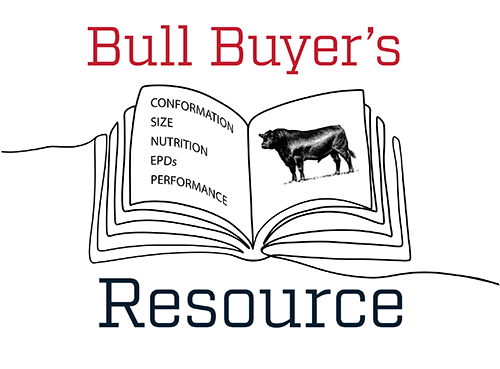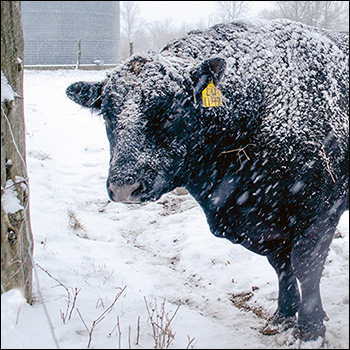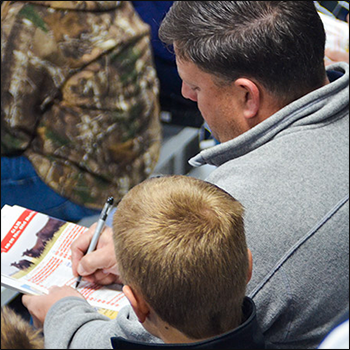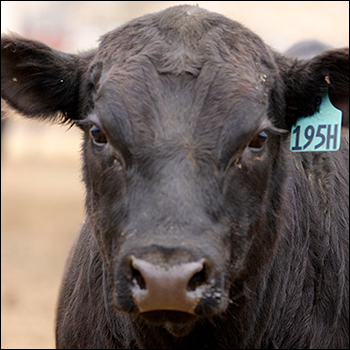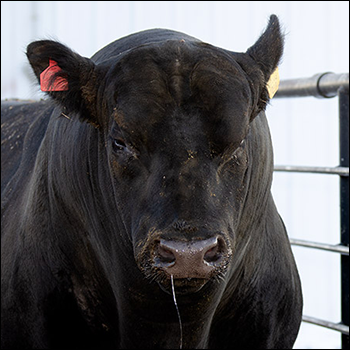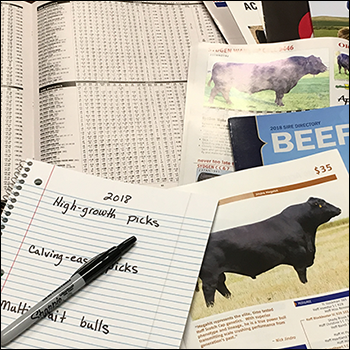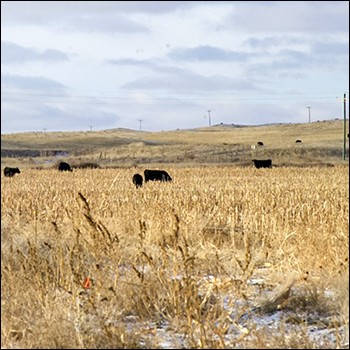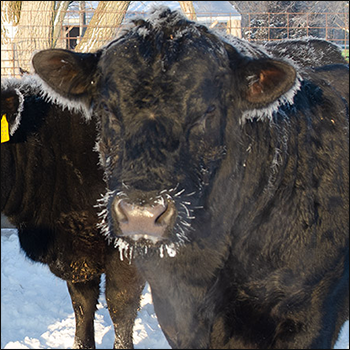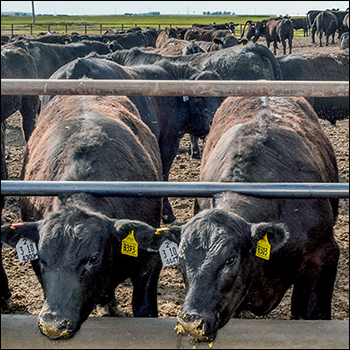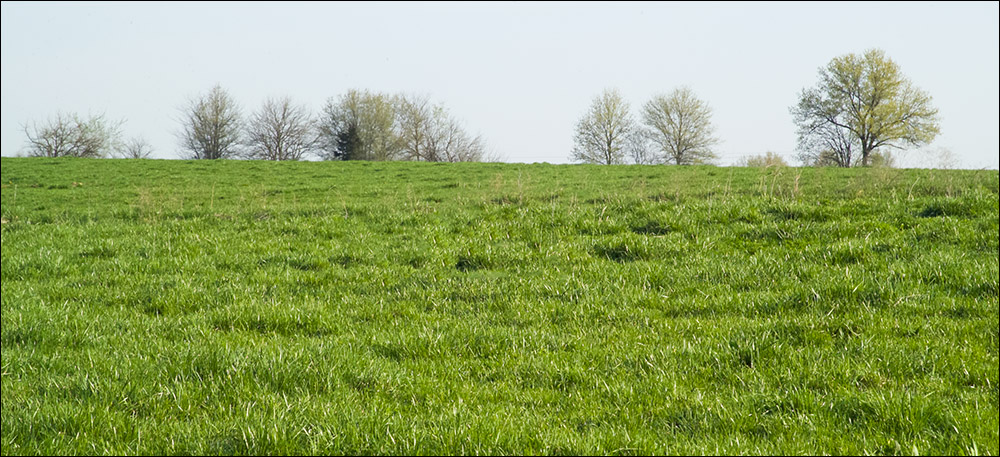
Rangeland Soil Health
How to assess the health of your soil.
A lot of damage has been done already. In the 12,000 years that human beings have practiced agriculture, close to 128 billion tons of carbon have been lost from the soil. According to University of Wyoming soil specialist Jay Norton, the loss of carbon represents a loss of soil health, most of which has occurred in the last 200 years. Land long under cultivation has suffered most from soil degradation and loss of productivity, but grazing lands have not gone unscathed.
In a presentation delivered during the 2021 Range Beef Cow Symposium, hosted Nov. 16-17 in Rapid City, S.D., Norton talked about soil health. He told a mostly rancher audience that degraded soils are not a lost cause. Soil health can be restored by managing land to remove carbon from the atmosphere and store it in the soil.
“It depends on whether you want to treat the symptoms or address the causes,” stated Norton, noting that dependence on commercial fertilizer and pesticides is symptomatic of reduced soil organic matter.
According to Norton, soil organic matter is made up of plant and animal residues in all stages of decomposition that is driven by diverse microbial populations. Chemically, soil organic matter is 50%-60% carbon and is the primary component of healthy soils. Soil organic matter supports nutrient cycling, water infiltration and storage, resistance to erosion, breakdown of toxins, and many other functions associated with healthy soil.
While soil animals and microbes play key roles in the formation of soil organic matter, Norton explained that the presence of living plants is crucial. He calls growing vegetation the “ultimate source” of soil organic matter, because plant photosynthesis absorbs carbon from the atmosphere and deposits it in the soil. Norton said living plants deposit about 11% of the carbon they take in from the air into the soil, creating an enriched near-root environment, or rhizosphere.
“Hence the soil health principle of maximizing the presence of living roots in the soil at all times,” added Norton.
Explaining that soil carbon loss varies by region, Norton said the greatest losses have occurred in “hotspots” associated with major cropping regions and degraded grazing lands. These areas, Norton suggested, should be the focus of management to restore soil health and productivity. The key is to identify these areas, diagnose soil health issues and apply management practices that support recovery.
Regarding assessment of grazing land, Norton said a significant amount of information can often be gathered through simple observation. He advised producers to look for the following evidence that soil health is lacking:
- 1) amount of soil surface that is bare of vegetation (bare is bad),
- 2) evidence of erosion (soil organic matter lost to wind or water),
- 3) lack of aggregation (degraded soils won’t stick together),
- 4) resistance to penetration with a knife (can it soak up rain?),
- 5) soil surface horizon depth (more is better), and
- 6) moisture content (indicator of moisture holding capacity).
According to Norton, if more information is needed, further assessment of soil health can be accomplished through field testing and even more sophisticated laboratory tests.
Editor’s note: Troy Smith is a cattleman and freelance writer from Sargent, Neb. Photo by Shauna Hermel.

Angus Proud
In this Angus Proud series, Editorial Intern Jessica Wesson provides insights into how producers across the country use Angus genetics in their respective environments.
 Angus Proud: Bubba Crosby
Angus Proud: Bubba Crosby
Fall-calving Georgia herd uses quality and co-ops to market calves.
 Angus Proud: Jim Moore
Angus Proud: Jim Moore
Arkansas operation retains ownership through feeding and values carcass data.
 Angus Proud: Les Shaw
Angus Proud: Les Shaw
South Dakota operation manages winter with preparation and bull selection.
 Angus Proud: Jeremy Stevens
Angus Proud: Jeremy Stevens
Nebraska operation is self-sufficient for feedstuffs despite sandy soil.
